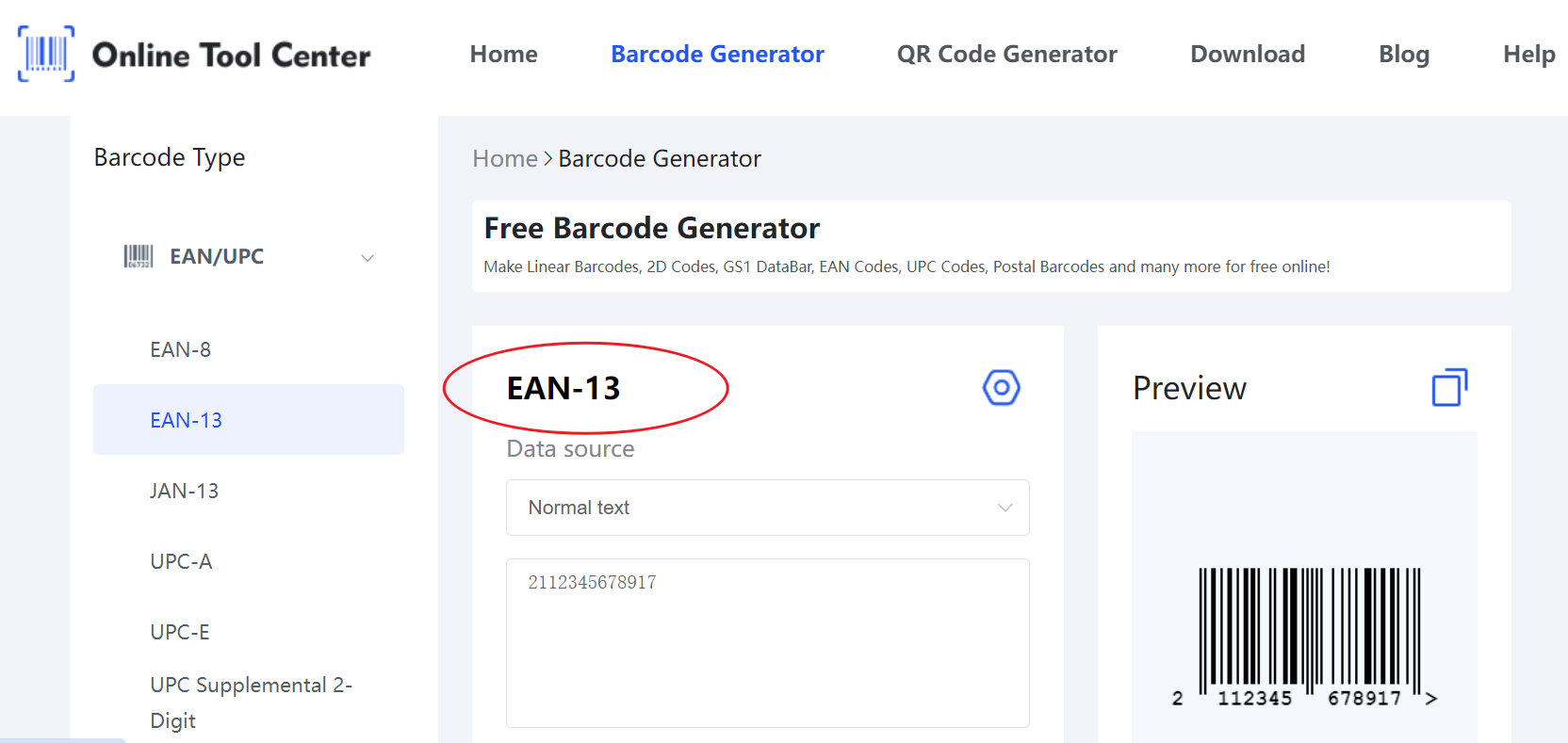Barcodes have become indispensable in modern commerce, transforming how businesses manage inventory, sales, and logistics.
Among the various types of barcodes, the item barcode stands out as a critical tool for tracking and identifying products.
This comprehensive guide will explore what an item barcode is, how it works, its various types, specific applications, and a detailed process for generating them with a barcode generator.
What is an Item Barcode?
An item barcode is a machine-readable code that represents data about a product. Typically consisting of a series of lines and spaces of varying widths, it encodes information such as product identification numbers, manufacturer details, and sometimes pricing.
When scanned, the barcode provides instant access to this information, facilitating efficient inventory management and sales processes.
How Do Item Barcodes Work?
Item barcodes work through a simple yet effective process:
1. Encoding Data: Data about the product is encoded into a barcode format using a barcode generator.
2. Printing: The barcode is printed onto labels or directly on the product packaging.
3. Scanning: Barcode scanners read the barcode by illuminating it with a laser or LED light and capturing the reflected light.
4. Decoding: The scanner decodes the reflected light into digital data.
5. Processing: The decoded data is sent to a computer system for processing, updating inventory records, or recording sales transactions.
Can I Scan a Barcode to Find an Item?
Yes, you can scan a barcode to find detailed information about an item. Barcodes are designed to store data that can be quickly retrieved using a barcode scanner.
When you scan a barcode, the scanner reads the encoded data and retrieves information such as the product name, price, manufacturer, and more.
This process is commonly used in retail settings, inventory management, and various other applications to enhance efficiency and accuracy.
Benefits of Using Item Barcodes
Implementing barcode items offers numerous advantages:
● Efficiency: Barcodes streamline the checkout and inventory processes, reducing the need for manual entry.
● Accuracy: They minimize human errors associated with manual data entry.
● Inventory Management: Barcodes simplify stock tracking, making it easier to manage inventory levels.
● Enhanced Customer Experience: Faster checkouts and accurate pricing improve customer satisfaction.
Types of Item Barcodes
Understanding the different types of barcodes on the item is crucial for selecting the right one for your application. Here are some of the most commonly used types:
1. UPC Barcode:
● Format: 12 numerical digits.
● Use: Primarily used in retail settings in the United States.
● Application: Each product variation (e.g., different sizes or colors) gets a unique UPC, which aids in inventory tracking and point-of-sale transactions.
2. EAN barcode:
● Format: Typically 13 numerical digits (EAN-13), but also available in 8 digits (EAN-8).
● Use: Widely used internationally, especially in Europe.
● Application: Similar to UPC, EAN codes are used for retail products and help streamline international trade and inventory management.
3. Code 128:
● Format: Alphanumeric characters, can encode all 128 ASCII characters.
● Use: Commonly used in logistics, shipping, and warehousing.
● Application: Ideal for tracking packages and pallets, Code 128 can hold a large amount of data in a compact space, making it suitable for applications requiring detailed information.
4.QR Codes:
● Format: Two-dimensional square pattern that can encode a large amount of data, including URLs, text, and more.
● Use: Increasingly used in marketing, product information, and mobile applications.
● Application: QR codes can be scanned by smartphones, providing consumers with quick access to product details, promotional offers, or instructional videos.
Item Barcode Applications
Item barcodes are utilized across various industries, each with specific applications that enhance operational efficiency and accuracy. Here are some detailed examples:
1. Retail
A supermarket uses UPC barcodes to manage thousands of products. Each item, from fruits to canned goods, has a unique UPC.
At the checkout, cashiers scan the barcodes to quickly retrieve prices and update inventory levels automatically.

2. Manufacturing
An automotive manufacturer uses Code 39 barcodes to label each component on the production line.
Scanning these barcodes allows workers to track parts through each stage of assembly, ensuring that the correct parts are used and that any defects can be traced back to their source.
This improves quality control and streamlines the manufacturing process.
3. Logistics
A logistics company uses Code 128 barcodes to track packages from the warehouse to the delivery point. Each package is scanned at various checkpoints, updating its status in real time.
This provides accurate tracking information for both the company and customers, ensuring timely deliveries and reducing the chances of lost packages.
How to Generate an Item Barcode?
Here's a detailed guide to help you generate your barcode using an online barcode generator:
1. Select a Barcode Type: Depending on your needs, choose the appropriate barcode type (e.g., UPC, EAN, Code 128).
2. Gather Product Information: Collect the necessary data that you want to encode, such as the product ID, manufacturer code, and price.
3. Use a Barcode Generator: Visit our website and navigate to their barcode generator.

4. Input Data: Enter the collected data into the barcode generator tool.
5. Generate the Barcode: Click the generate button to create your barcode.
6. Download the Barcode: Once generated, download the barcode image file.
7. Print the Barcode: Print the barcode onto labels or directly onto the product packaging.
Using an online barcode generator simplifies the process, ensuring that your barcodes are accurate and ready for use.
To summarize, item barcodes are essential tools that enhance efficiency, accuracy, and overall operational effectiveness in various industries. By understanding the different types of barcodes and their specific applications, businesses can make informed decisions on how to implement barcodes effectively.
Generating barcodes with the help of an online barcode generator. Start leveraging the power of barcodes on items today to streamline your operations and improve your business performance.





